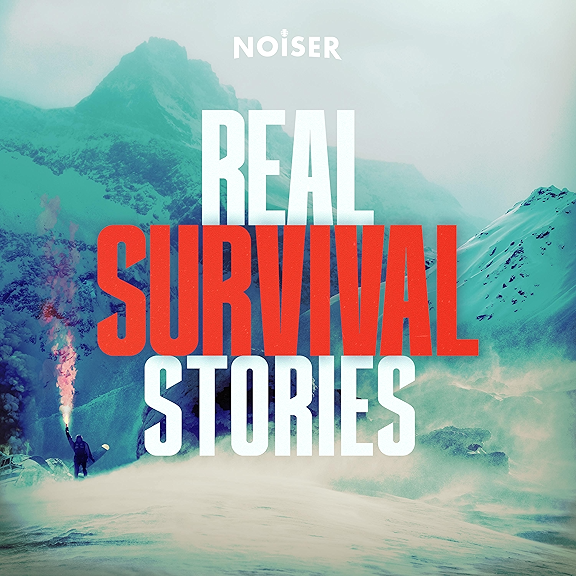
I've spent a lot of time in Ocean Shores, Washington, over the years...hiking around Damon Point, rock-hopping at the north jetty and exploring the Coastal Interpretive Center (which is absolutely worth seeing, if you ever get the chance). But one of the more memorable moments in my Ocean Shores experience was getting to "discover" a shipwreck as the tempestuous weather began shifting the dunes and slowly exposing its hull at the beginning of the century. That ship, it turns out, was the S.S. Catala - a Canadian coastal passenger and cargo steamship built in 1925.
When the Union Steamship Company of British Columbia launched the Catala in 1925, the company was already 36 years into operation. Founded in 1889, the same year Washington became a state, Union had supplied transportation for the Klondike Gold Rush as well as World War I before adding Catala to its impressive lifetime roster of 51 ships. Union had been adding ships to its fleet almost yearly until Catala, built in Montrose, Scotland, which was the last Union ship built for nearly 20 years.
Tonnage: 1,476 gross and 851 registeredLength: 229 feetBeam: 37.1 feetDepth of hold: 18.4 feetPassengers: Licensed to carry 267, stateroom capacity for 120, steerage bunks for 48Cargo capacity: 300 tons, including a refrigerated chamber for 40 tons of boxed fishTop speed: 14 knots
Catala was named after Catala Island, which is at the entrance of Esperanza Inlet on the west coast of Vancouver Island. Catala Island had in turn been named in honor of Catholic missionary Fr. Magin Catalá, who was at Santa Cruz de Nuca on Vancouver Island in 1793.
Catala spent most of her operating career from 1925 to 1958 on the British Columbia Coast, carrying coastal freight and passengers. But just over two years into her career, the Catala - traveling through BC's Cunningham Passage - struck Sparrowhawk Reef in reduced visibility conditions. Chief Officer Ernest Sheppard was at the helm and missed the warning buoy due to glaring sunlight. Capt. Alfred E. Dickson, feeling the impact, raced to the bridge and ordered the lifeboats lowered immediately. Passengers began abandoning ship, and the local Native population - witnessing the crash from shore - took to their canoes and assisted with the rescue. Ultimately, everyone on board survived the crash.
Catala wrecked on Sparrowhawk Reef at low tide in 1927.
Sparrowhawk Reef lay between seven and 23 feet deep beneath Cunningham Passage, depending on the tides, and at low-tide the Catala rested mid-air between two rock pillars with her bow sticking out so much that there was a fear the ship might break in half, Titanic style. Efforts by a number of tugs to free the Catala failed, specifically the efforts of the Salvage Princess and the Salvage King. Union finally relinquished ownership of Catala to the insurance company, but indicated that they'd be willing to buy her back if she could be repaired.
Eventually, by incrementally blasting out the rock pillars, and patching the holes in the hull as blasting proceeded, a salvage crew was able to free the ship and repair the damage at a cost of $175,000. Adjusting for inflation, that amounts to nearly $2.6 million today. True to its word, the company bought her back and Catala resumed her weekly sailing schedule out of Vancouver.
For the next 30 years, the Catala steamed north and south along the western Canadian coastline without incident, until she was finally sold to new owners in British Columbia for use as a fish-buying ship. But her career change didn't last long. By 1962, the new owners found a new purpose for Catala to take advantage of a once-in-a-lifetime opportunity taking place just south in Seattle. It was The Century 21 Exposition (also known as the Seattle World's Fair), held April 21st through October 21st of that year. Nearly 10 million people attended the fair - which will for sure be a future Washington Our Home podcast episode.




















